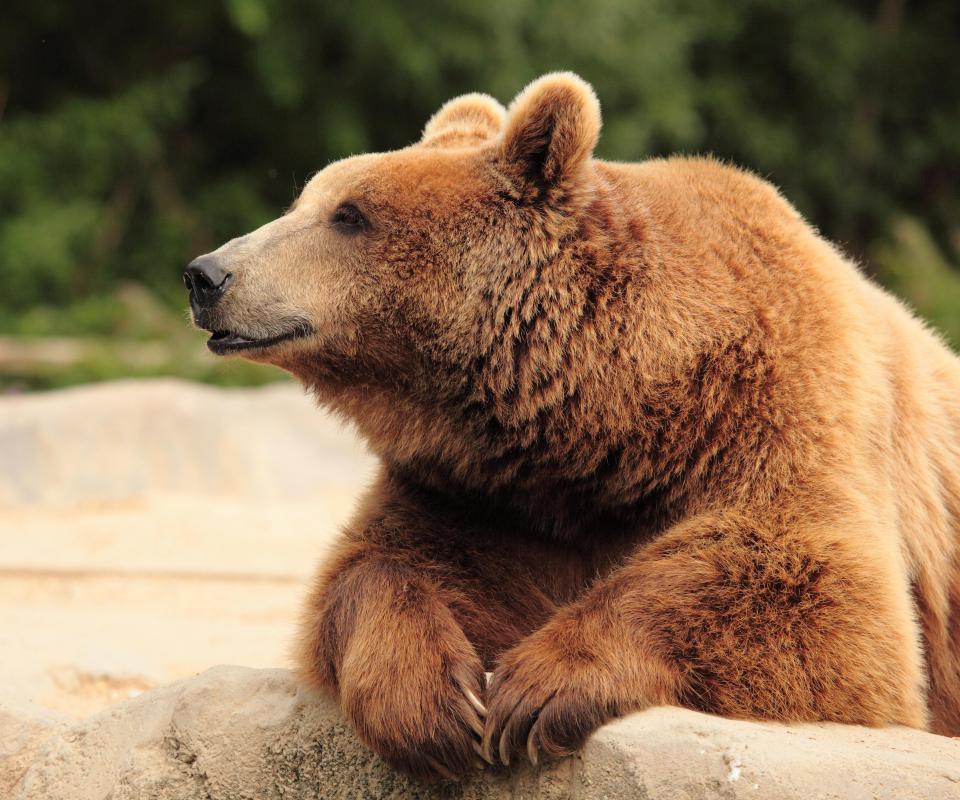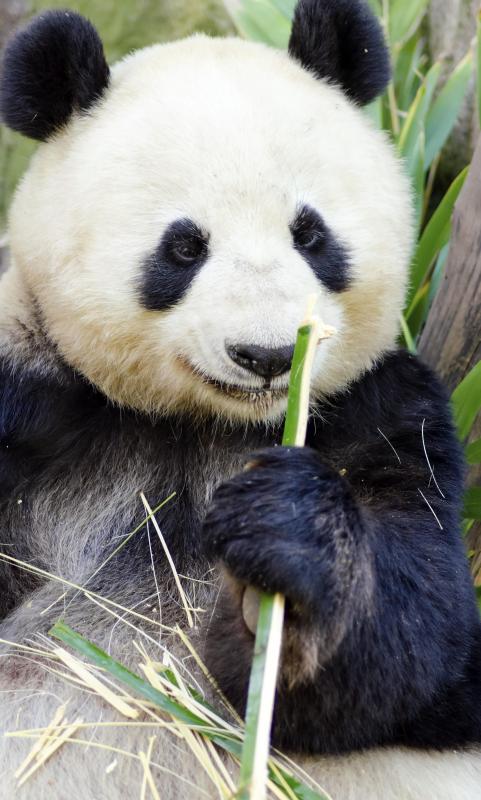At AllThingsNature, we're committed to delivering accurate, trustworthy information. Our expert-authored content is rigorously fact-checked and sourced from credible authorities. Discover how we uphold the highest standards in providing you with reliable knowledge.
What are Umbrella Species?
An umbrella species is a plant or animal species with a wide range that has requirements for living that are as high or higher than other animals in its habitat. This means that if that species' requirements are met, then those of many other species in its area will be met as well. As such, these animals are commonly used in conservation. Though this term is related to other conservation ideas like flagship, keystone, or indicator species, it's actually something very different. There are criticisms of the umbrella system; however, it has proved helpful in several situations.
Types

There is no international criteria for selecting animals to serve as umbrella species, but generally speaking, they tend to be large mammals or birds, since they tend to have the greatest range of environments and often have a large impact on their ecosystem. Many times, endangered or vulnerable types of animals are chosen, since more people know about them or because environmental legislation can be more easily used to protect them. Some conservationists make use of an extended umbrella model, in which they choose several high-needs species that have overlapping requirements, so that they can have the best chance of meeting the needs of the most animals possible. Common umbrella species include the Northern spotted owl, tigers, grizzly bears, rhinoceri, and whales.
Uses

The use of umbrella species is designed to make the conservation and environmental decision-making process easier. With so many millions of diverse forms of wildlife requiring monitoring and protection, it can be difficult to assess the individual needs of every single species. Since the umbrella species' requirements include those of so many other species, conservationists can reasonably assume that they've helped all those other species that share requirements with it when they help it.
This model is also used in creating wildlife reserves. In this situation, conservationists calculate how much land an umbrella species would need, and then designate that much land as that animal would need as an area of concern or a reserve.
Criticisms

While it is assumed that protecting an umbrella species will automatically provide protection to other surrounding organisms, this is often hard to monitor in practice. Some also feel that focusing on only one species at the possible expense of others is not the best conservation method. Additionally, little research has been done to confirm whether the umbrella model actually works, and many of the studies that have been done on it show that it's not always effective. For example, Noss et al. (1996) found that though grizzly bears would work fairly well as an umbrella animal, the needs of reptiles in the bears' area would not be covered. Despite these criticisms, the model has worked well in several situations. For example, Martinkainen et al. (1998) found that white-backed woodpeckers worked well as an umbrella for a certain type of beetle.
Related Concepts

The idea of choosing one species to help or monitor is also used in choosing a flagship, keystone, or indicator species. Flagship species are animals that are chosen as the "face" of an environmental campaign because they're appealing and a lot of people know about them. For instance, pandas or whales are commonly used as flagship animals.
Keystone species are animals that have a fairly small distribution, but have a large impact on their environment, like beavers. Indicator species are those that can be used to learn certain things about the surrounding environment. For example, certain types of fish can only live in very clean water, so the presence of that fish in an area would indicate that the water is clean.
Frequently Asked Questions
What exactly is an umbrella species?
An umbrella species is a species whose conservation provides protection for a wide range of other species and the ecosystem they inhabit. By focusing on their habitat needs, conservationists can indirectly preserve the habitats of many other species. This approach is effective because umbrella species typically require large and diverse habitats to thrive.
Why are umbrella species important for biodiversity?
Umbrella species are crucial for biodiversity because their conservation often leads to the protection of less charismatic species that share their habitat. According to the National Wildlife Federation, safeguarding the habitats of umbrella species can simultaneously conserve many other species, thus maintaining the ecological diversity and stability of an area.
Can you give an example of an umbrella species?
The northern spotted owl serves as a classic example of an umbrella species. Its protection has led to the conservation of old-growth forests in the Pacific Northwest, which are also home to countless other species. By preserving the owl's habitat, a broad array of forest-dependent flora and fauna benefit as well.
How are umbrella species selected for conservation?
Umbrella species are selected based on their habitat needs and the degree to which protecting these needs will incidentally protect other species. Scientists look for species that have large home ranges or require specific habitats that are also critical for other species. The selection process often involves extensive ecological research and habitat modeling.
What is the difference between an umbrella species and a keystone species?
An umbrella species' conservation protects the habitats of many other species, while a keystone species plays a critical role in maintaining the structure of an ecological community. Keystone species have a disproportionately large effect on their environment relative to their abundance, such as beavers, whose dam-building activities create wetlands used by many other species.
How does protecting an umbrella species contribute to ecosystem services?
Protecting an umbrella species contributes to ecosystem services by ensuring the survival of ecosystems that provide invaluable services to humans, such as clean water, air purification, and pollination. For instance, conserving a forest-dwelling umbrella species helps maintain the forest ecosystem, which in turn regulates climate and supports agriculture through pollination services.
AS FEATURED ON:
AS FEATURED ON:














Discussion Comments
I think the concept of using umbrella species to protect other living creatures in the same area is a great way to enforce conservation. Without this protection, many potentially endangered species and the environment around them may be at risk. For example, certain types of insects are protected as umbrella species, which in turn enforces the protection of the land where they are found.
Post your comments